Packaging Solutions for Every Industry
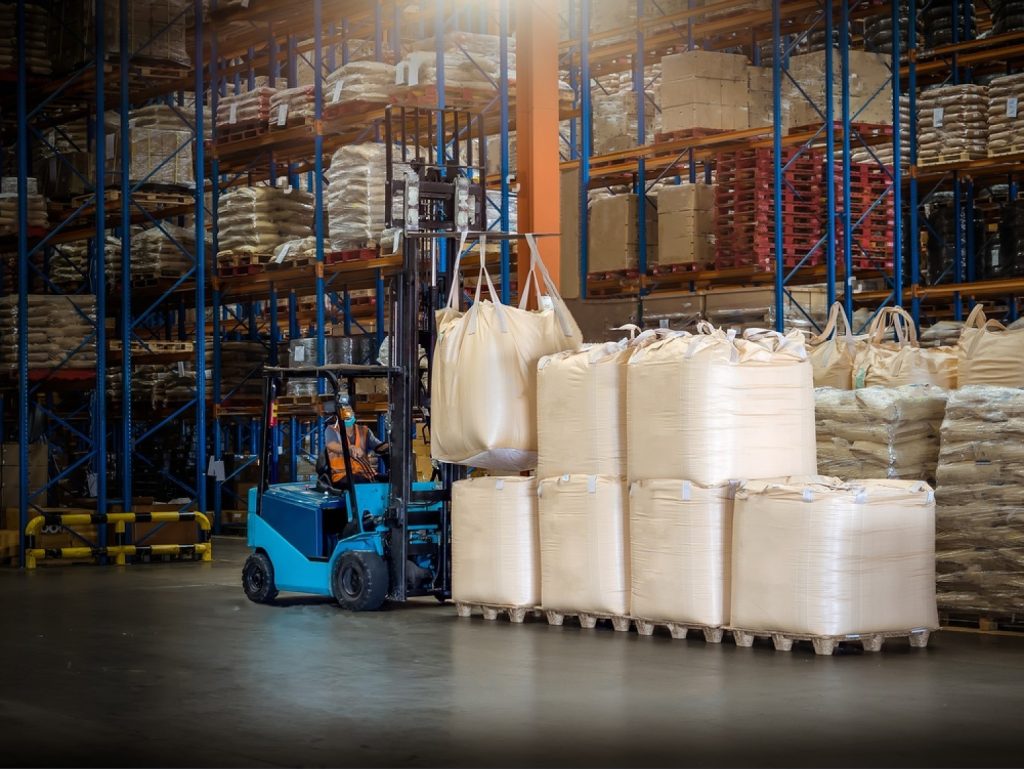
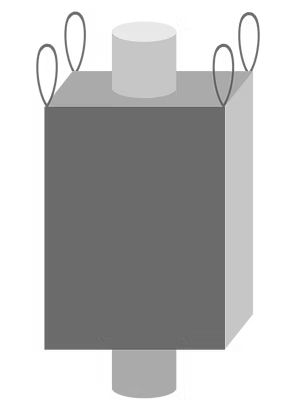
Type A bags are made up of non-conductive fabrics, mainly plain-woven polypropylene. These are simple bags that do not offer any resistance to static electricity and therefore are strictly used for storing and transporting non-flammable materials. Care must also be taken to store these away from flammable solvents and gases since they can cause a security hazard. Flammable environmental conditions can also pose danger when dealing with Type A bags and therefore these must be used in areas where the atmosphere has a minimum ignition energy ≤1,000mJ.
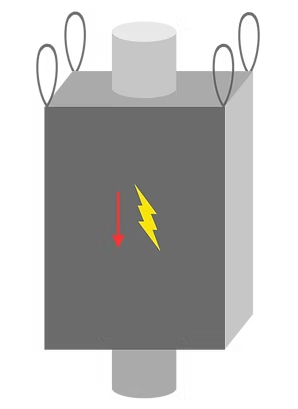
Type B are made from materials that have a low breakdown voltage to prevent an incident where highly energetic, and dangerous propagating brush discharges occur. Although Type B bulk bags can prevent propagating brush discharges, they are not considered anti-static bulk bags because they do not dispel an electrostatic charge. Safe use for type B bulk bags is to transport dry, flammable powders. No flammable solvents or gases present around the bulk bag Intended to be used in environments with dust with ignition energies less than 3mJ. Do not use type B bulk bags when flammable solvents or gases are present around the bulk bag.
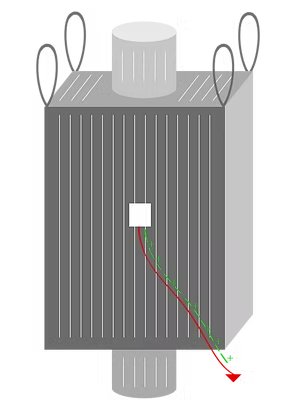
Type C FIBCs, also known as conductive FIBCs or ground-able FIBCs, are made from non-conductive polypropylene fabrics interwoven with conducting threads traditionally sewn in a grid pattern. These conducting threads must be electrically interconnected as well as connected to a designated ground/earth during filling and discharging. This connection to the ground/earth during filling and discharging is imperative to the safe use of Type C bulk bags.
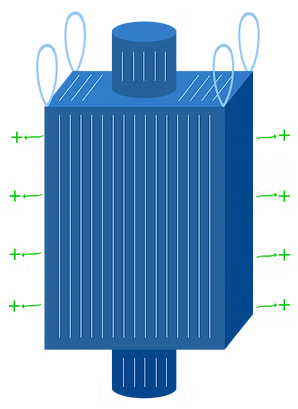
Type D FIBCs are made from antistatic and static dissipative fabrics designed to safely prevent the occurrence of incendiary sparks, brush discharges and propagating brush discharges without the need for a connection from the FIBC to a designated ground/earth. Are manufactured with fabric containing quasi-conductive yarns that safely dissipate static electricity into the atmosphere via safe, low-energy corona discharge. Type D FIBCs can be used to safely package combustible products and handle products in combustible and flammable environments.
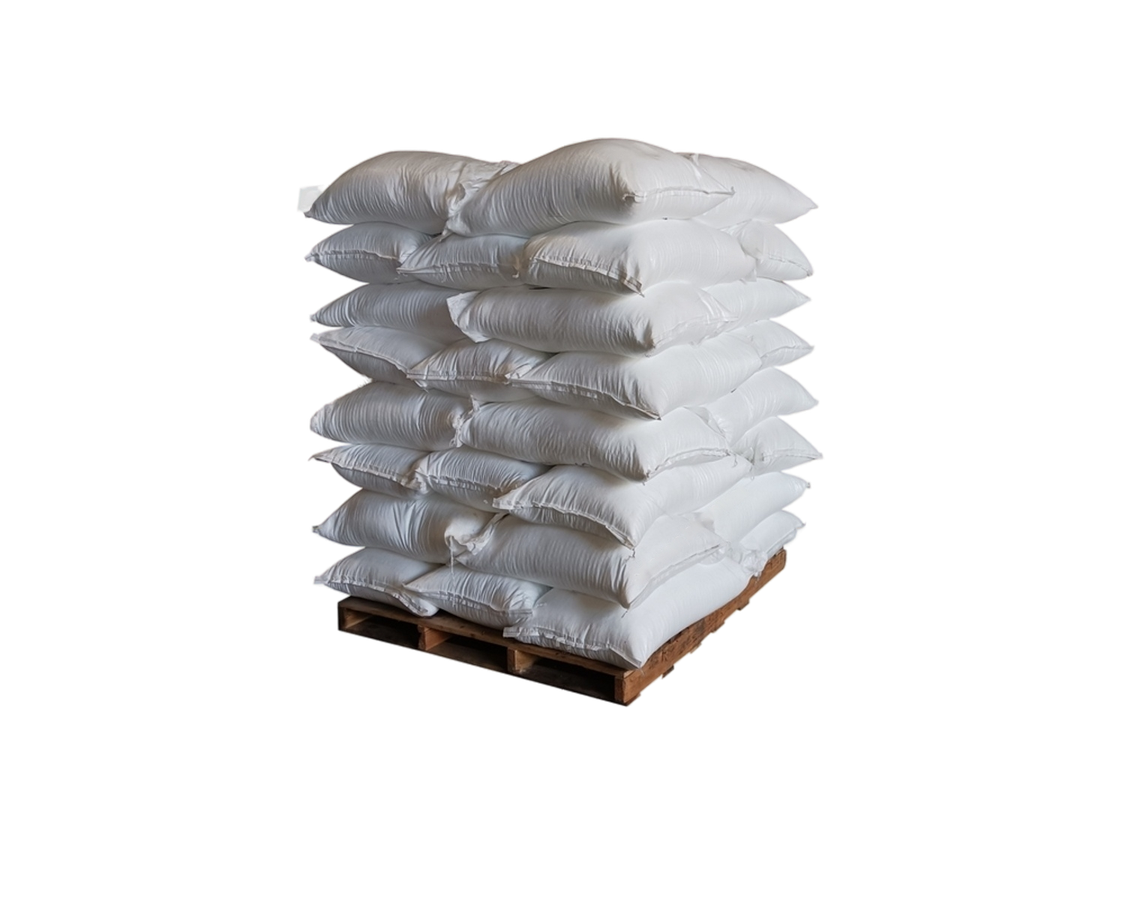
Versatile product with wide range of industrial usage (food, agri, mining).
Specialized PPWS (polypropylene woven sacks) with denier range from 500 to 1200.
Varied range of sizes, denier, mesh and texture. Customized print options for brand visibility. Features such as Built-in liner, anti-slip and perforation options are also available.
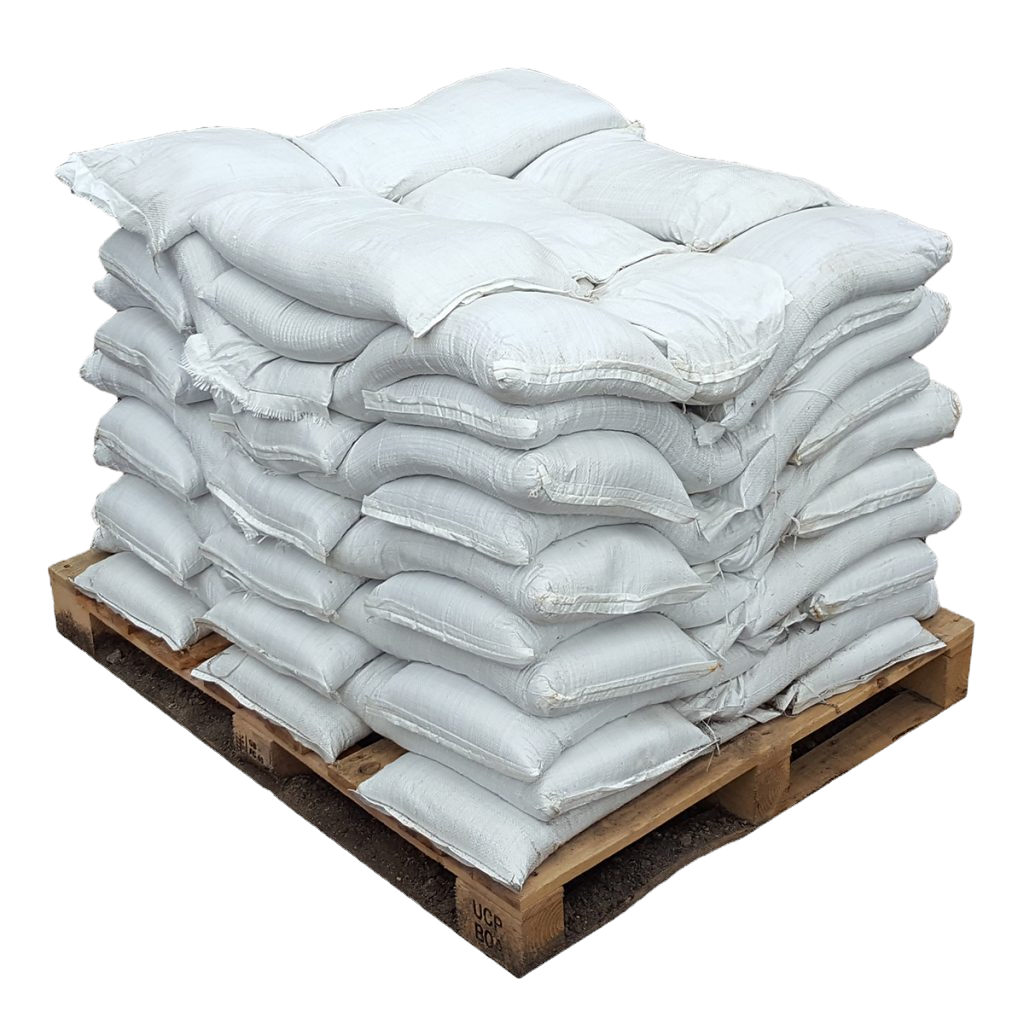
Material: Made from robust woven polypropylene, ensuring strength and longevity.
UV Protection: Treated with UV inhibitors to withstand prolonged exposure to sunlight, extending their usability.
Capacity: Each sandbag can hold up to 50 lbs of sand or gravel, providing reliable support for various needs.
Versatility: Perfect for flood control, erosion prevention, construction support, and temporary barriers.
Ease of Use: Equipped with built-in tie strings for secure closure and easy handling.
Environmental Resistance: Resistant to tearing and puncturing, suitable for both fresh and saltwater environments.
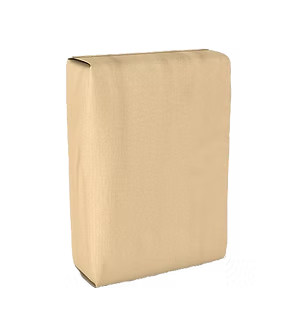
Block Bottom Woven Polypropylene Sacks: These sacks offer enhanced stability and stackability due to their flat bottom design, making them perfect for automated filling and transportation. Their square shape ensures efficient space utilization and reduced spillage during handling.
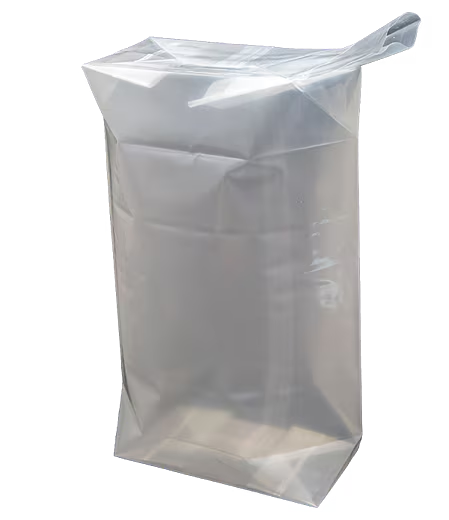
Valve Woven Polypropylene Sacks: Designed for quick and clean filling, these sacks feature a self-sealing valve that improves operational efficiency by minimizing spillage. Ideal for industries handling powders or granular products, ensuring fast and secure packaging.
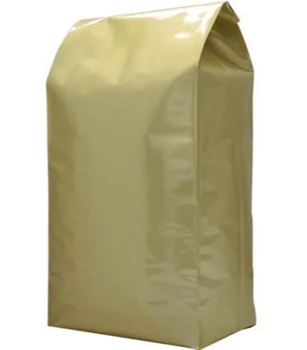
Gusseted Woven Polypropylene Sacks: With expandable sides, these sacks allow for greater volume capacity, making them perfect for bulkier materials. Their design also ensures a more uniform shape, improving storage and handling efficiency.
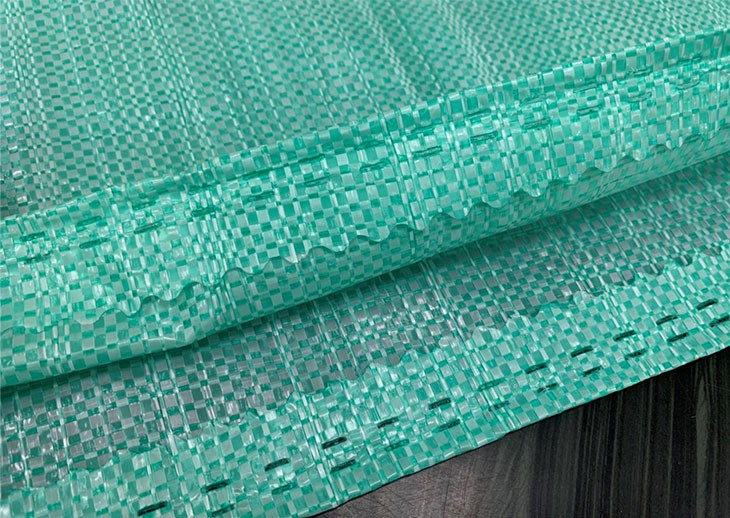
Ultrasonic Hemming Woven Polypropylene Sacks: Featuring an ultrasonic hemming technique, these sacks offer sealed edges for extra strength and durability. This advanced technology prevents fraying and adds a polished finish, ensuring long-lasting use and superior product protection.
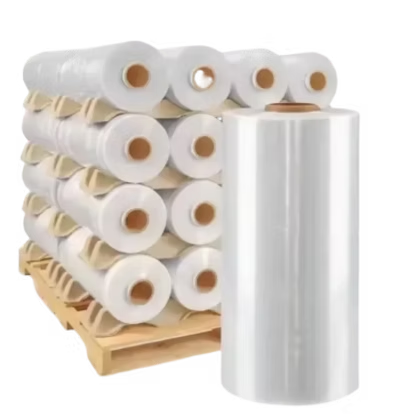
FFS Films, or Form-Fill-Seal Films, are specialized plastic films used in packaging applications. These films are designed for use in form-fill-seal machines, which are automated systems that form the packaging, fill it with the product, and then seal it. FFS films are commonly used in industries such as food, pharmaceuticals, and chemicals due to their efficiency and ability to maintain product freshness and integrity.
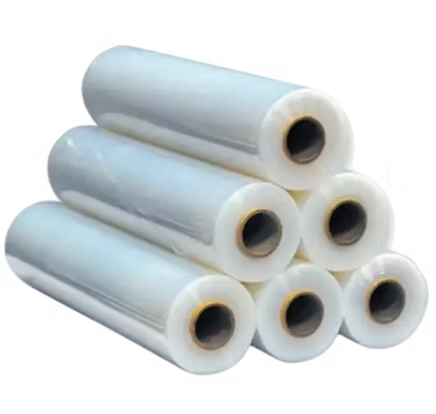
Stretch film, also known as stretch wrap, is a highly stretchable plastic film used primarily for packaging and securing products on pallets. It helps to stabilize and protect items during transportation and storage by keeping them tightly bound.
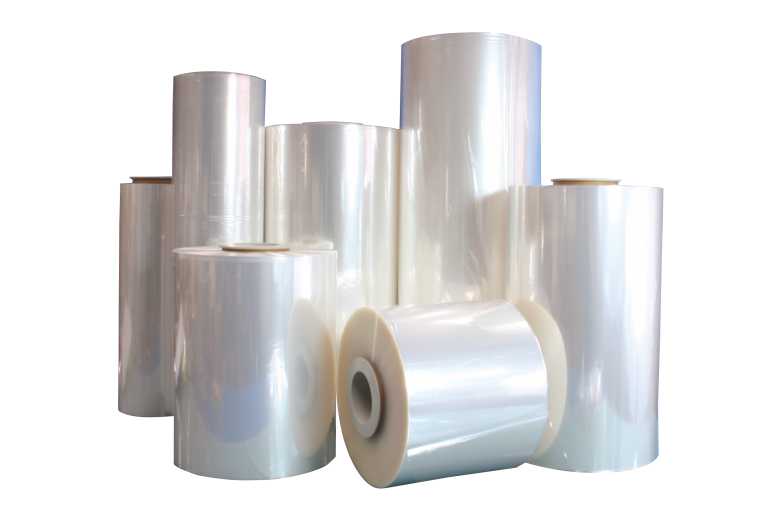
Shrink film, also known as shrink wrap, is a versatile polymer material used for packaging. When heat is applied, the film shrinks tightly around the item, providing a secure and protective covering. Some types we provide are PVC, Polyolefin, and PE type of shrink films.
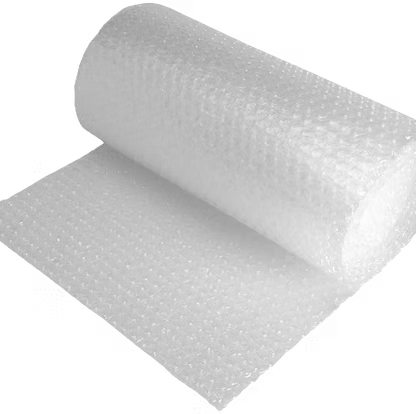
Bubble wrap films are a type of packaging material primarily used to protect fragile items during shipping and handling. They consist of a layer of polyethylene film with regularly spaced, protruding air-filled bubbles that provide cushioning.
Material: Typically made from low-density polyethylene (LDPE) film.
Structure: One side of the film is flat, while the other side has air-filled hemispheres that act as cushioning agents.
Uses: Commonly used for wrapping delicate items like electronics, glassware, and other breakables to prevent damage during transit.
Varieties: Available in different sizes and bubble diameters to suit various packaging needs.
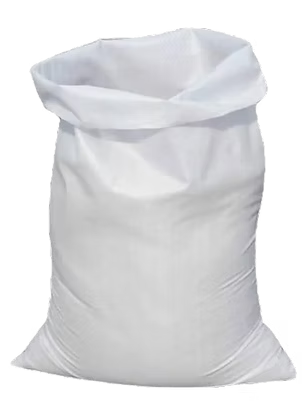
HDPE bags are made from a thermoplastic polymer derived from petroleum. They are lightweight, flexible, and can be used for packaging bulk materials such as food grains, fertilizers, and cement. These bags are also recyclable, making them an eco-friendly choice for many applications
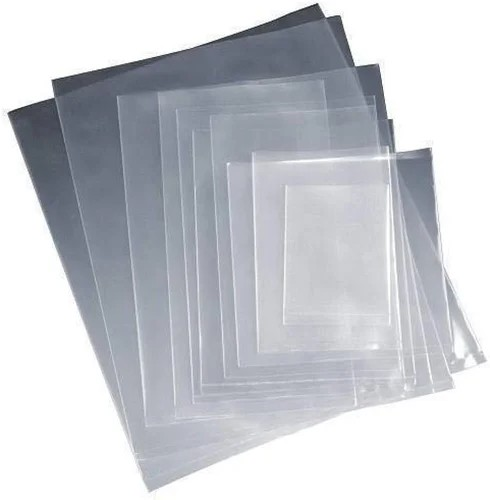
Low-Density Polyethylene (LDPE) Bags are known for their flexibility, durability, and moisture resistance. These bags are widely used in various industries for packaging and storage due to their excellent clarity and chemical resistance. LDPE bags are made from a thermoplastic polymer derived from ethylene. They are lightweight, flexible, and commonly used for packaging food, retail products, and cleanroom applications. These bags are also recyclable, making them an eco-friendly choice for many uses.
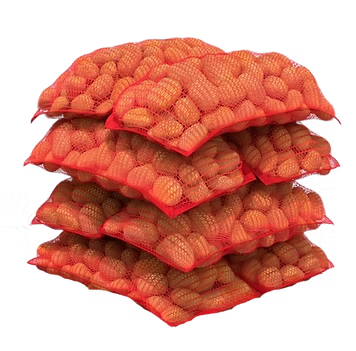
Leno Bags are known for their strength, breathability, and versatility. These bags are widely used in various industries for packaging and transporting produce, firewood, and other bulk items due to their durable and lightweight design.Leno bags are made from woven polypropylene material, characterized by an open-weave mesh design that allows air to circulate. This helps keep the contents fresh and prevents spoilage. They are ideal for packaging items like onions, potatoes, citrus fruits, and more. Additionally, Leno bags are reusable and recyclable, making them an eco-friendly choice for many applications.
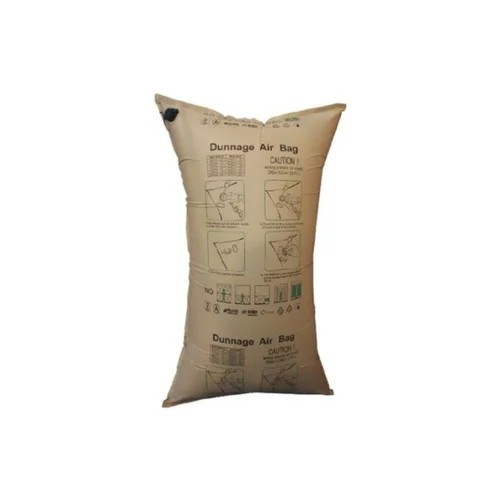
Dunnage bags, also known as airbags, are made from materials like polyethylene, polypropylene, or paper. They are placed between cargo items to fill voids and provide cushioning. These bags are easy to inflate and install, making them a cost-effective solution for protecting goods during shipping by sea, rail, or road. Dunnage bags are reusable and recyclable, contributing to sustainable shipping practices.
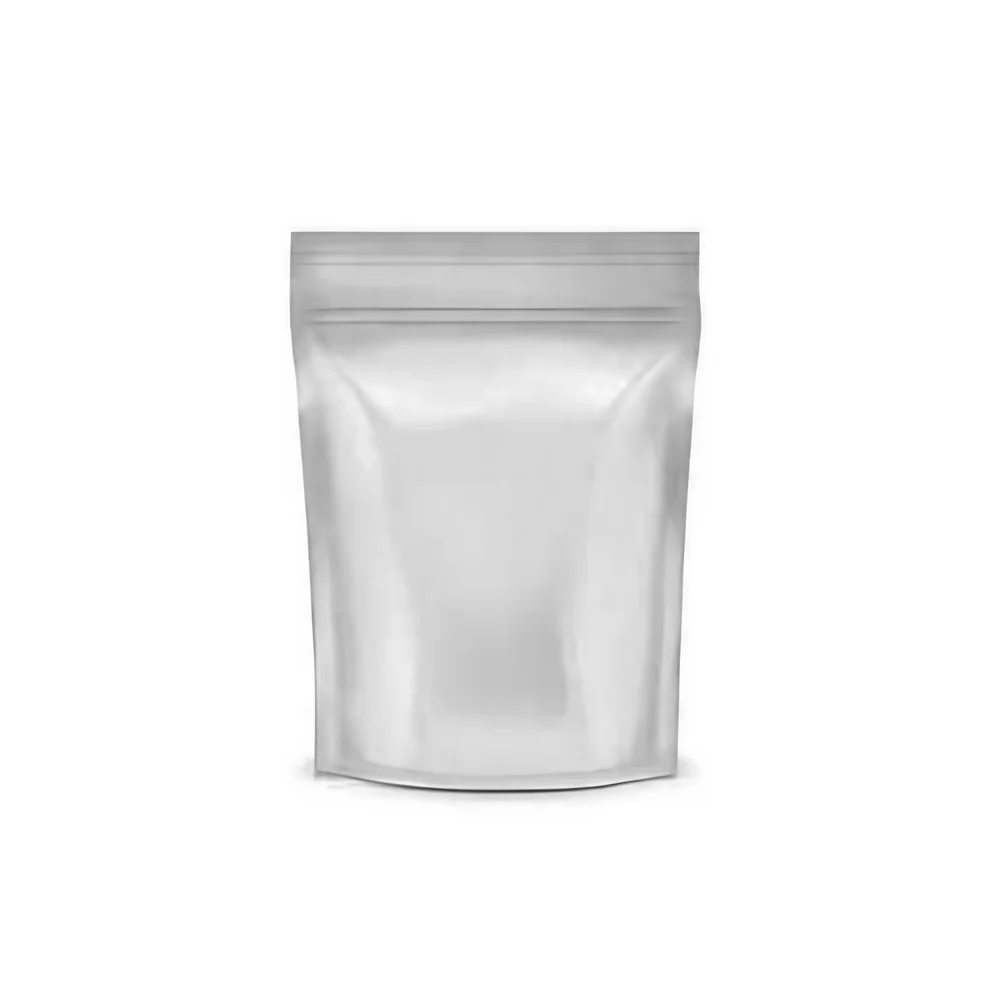
Low-Density Polyethylene (LDPE) Pouches are known for their flexibility, durability, and moisture resistance. These pouches are widely used in various industries for packaging and storing products due to their excellent clarity and chemical resistance. LDPE pouches are made from a thermoplastic polymer derived from ethylene. They are lightweight, flexible, and commonly used for packaging food, pharmaceuticals, and retail products. These pouches are also recyclable, making them an eco-friendly choice for many applications.
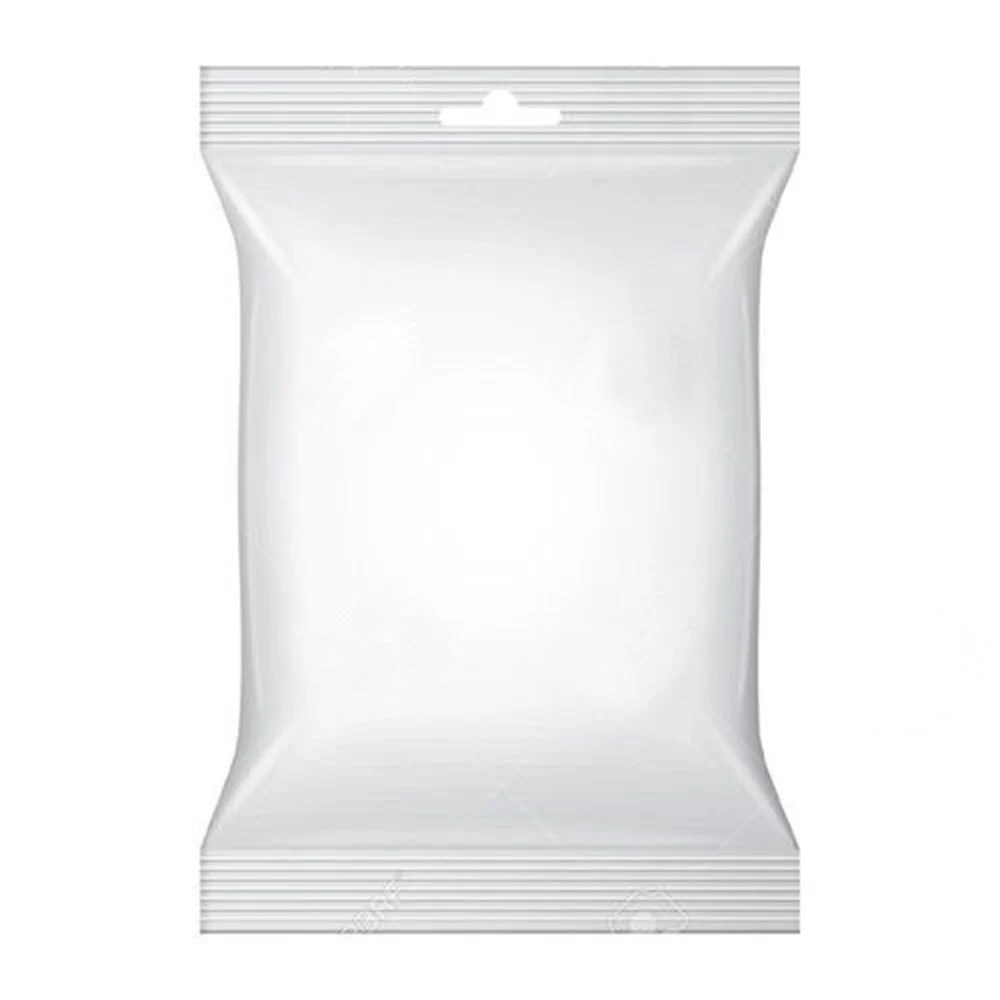
Flexible Pouches are known for their adaptability, durability, and convenience. These pouches are widely used in various industries for packaging a diverse range of products due to their excellent barrier properties and customizable design. Flexible pouches are made from materials like metal foil, plastic, and sometimes paper. They are used for packaging everything from snack foods to industrial liquids. These pouches are lightweight, space-efficient, and often feature resealable options, making them a popular choice for both consumers and manufacturers. Additionally, flexible pouches are available in eco-friendly materials, contributing to sustainable packaging solutions.
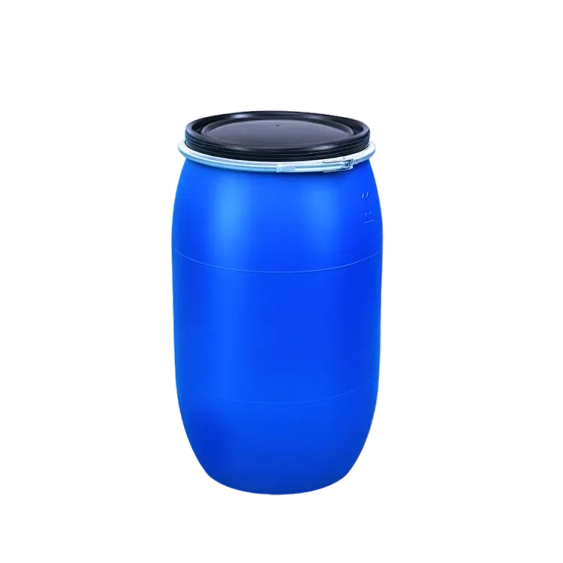
High Density Polyethylene (HDPE) plastic drums are widely used for storing and transporting various materials, including chemicals, food products, and industrial materials
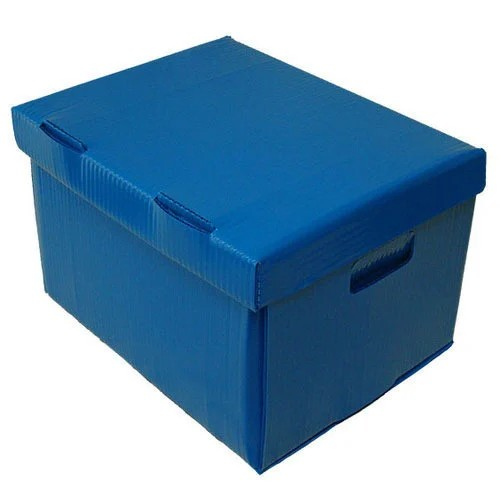
Corrugated plastic bags or corrugated fiberboard bags are used for packaging and transporting various goods. These bags are made from corrugated plastic or fiberboard, providing excellent strength and durability. Despite their strength, they are lightweight, making them easy to handle and transport. They offer good protection against impacts and can be used to safeguard fragile items during shipping. Available in various sizes and styles, they can be customized to fit different packaging needs.
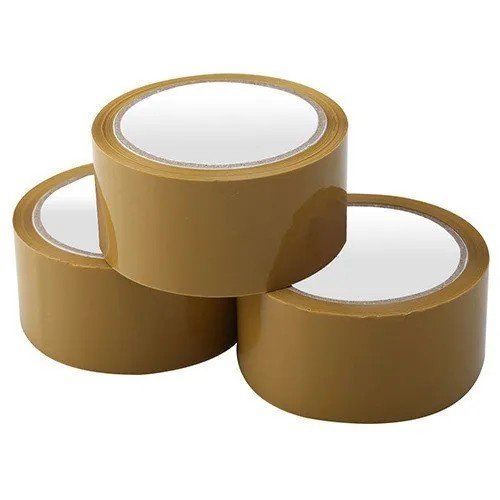
BOPP (Biaxially Oriented Polypropylene) tapes are widely used in packaging due to their strength and versatility. Made from a thin, flexible plastic film that is stretched in both directions to enhance strength and durability. Known for their strong adhesive properties, making them ideal for sealing boxes and parcels.
Available in two main types – hot-melt and acrylic. Hot-melt tapes offer superior holding power, while acrylic tapes provide better resistance to temperature, humidity, and oxidation. Commonly used in shipping, inventory management, and general packaging.
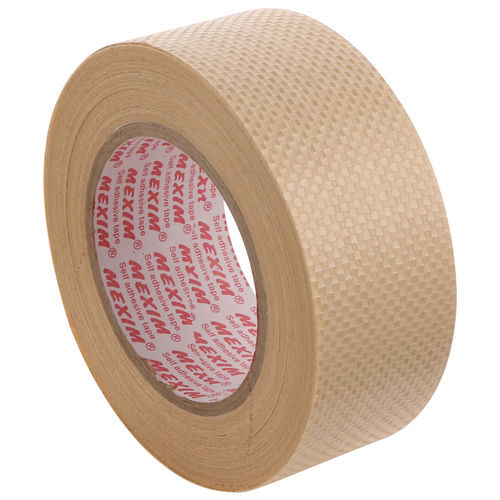
Woven Polypropylene (PP) straps are commonly used for bundling and securing items for shipping and storage. Made from polypropylene, a lightweight and flexible plastic that is also strong and durable. Ideal for light to medium-duty applications such as bundling newspapers, sealing cartons, and securing light loads. Available in various widths, thicknesses, and colors to suit different needs. They can be used with manual or automatic strapping tools. PP straps are one of the most economical options for strapping, making them popular in many industries.
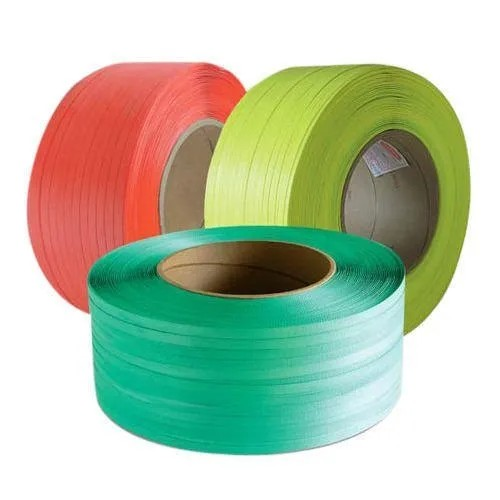
Polypropylene (PP) Straps: Lightweight yet durable, PP straps are the ideal choice for securing lighter loads and pallets. Known for their flexibility and cost-effectiveness, they ensure safe bundling while offering excellent resistance to splitting and UV degradation.
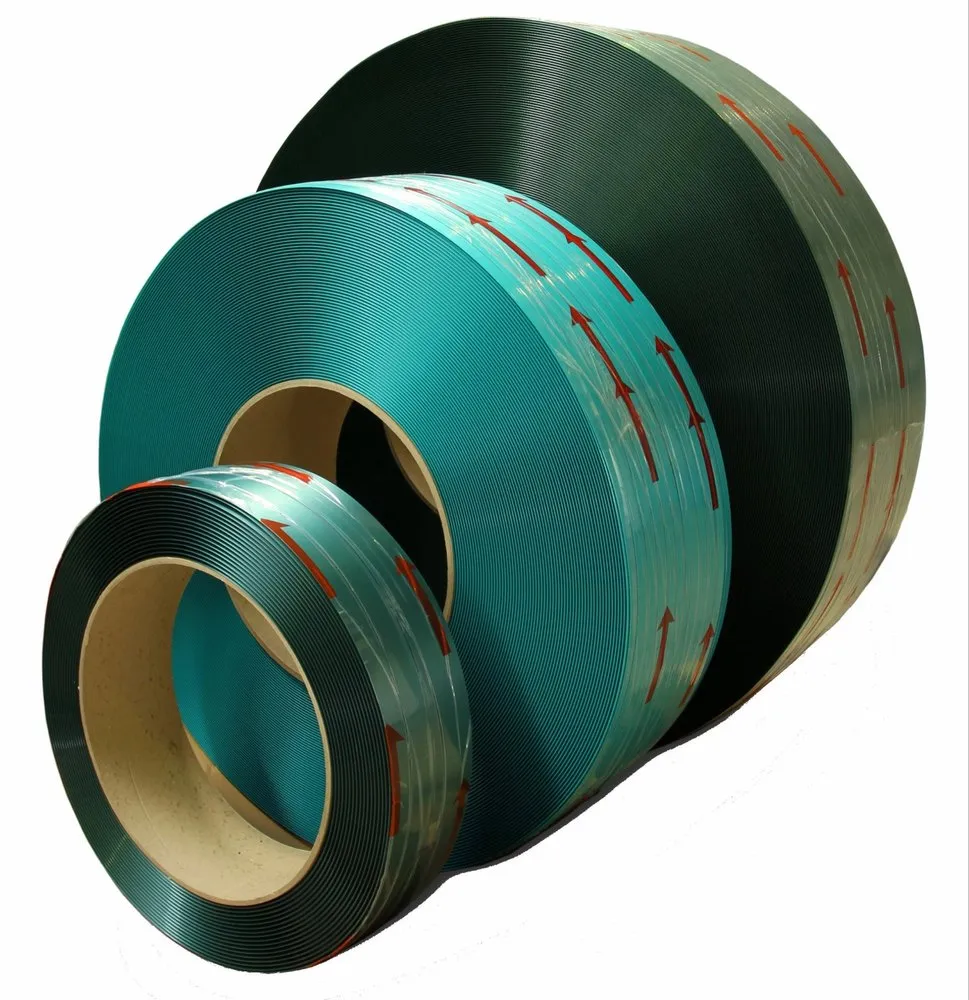
Polyethylene Terephthalate (PET) Straps: PET straps provide superior strength and elongation, making them perfect for heavy-duty applications. They are an eco-friendly alternative to steel strapping, offering high tensile strength and excellent shock absorption, ideal for securing heavier loads in transit.

Low-Density Polyethylene (LDPE) Pouches are known for their flexibility, durability, and moisture resistance. These pouches are widely used in various industries for packaging and storing products due to their excellent clarity and chemical resistance. LDPE pouches are made from a thermoplastic polymer derived from ethylene. They are lightweight, flexible, and commonly used for packaging food, pharmaceuticals, and retail products. These pouches are also recyclable, making them an eco-friendly choice for many applications.

Flexible Pouches are known for their adaptability, durability, and convenience. These pouches are widely used in various industries for packaging a diverse range of products due to their excellent barrier properties and customizable design. Flexible pouches are made from materials like metal foil, plastic, and sometimes paper. They are used for packaging everything from snack foods to industrial liquids. These pouches are lightweight, space-efficient, and often feature resealable options, making them a popular choice for both consumers and manufacturers. Additionally, flexible pouches are available in eco-friendly materials, contributing to sustainable packaging solutions.
